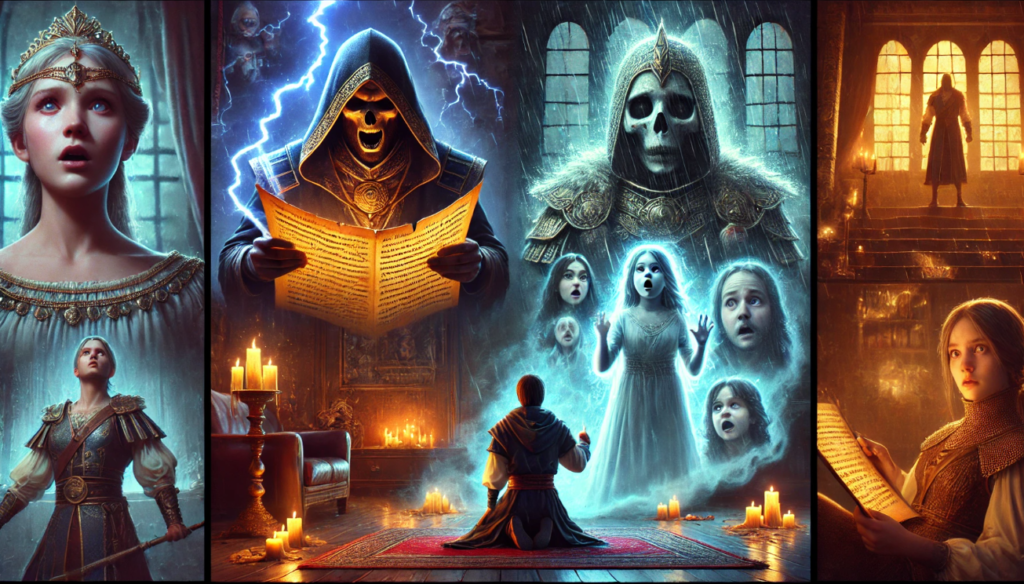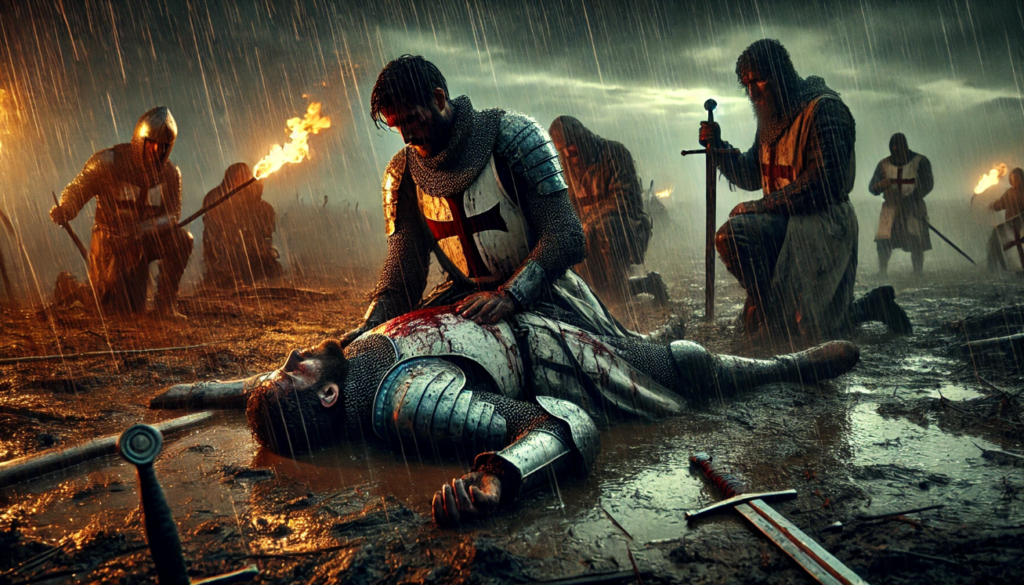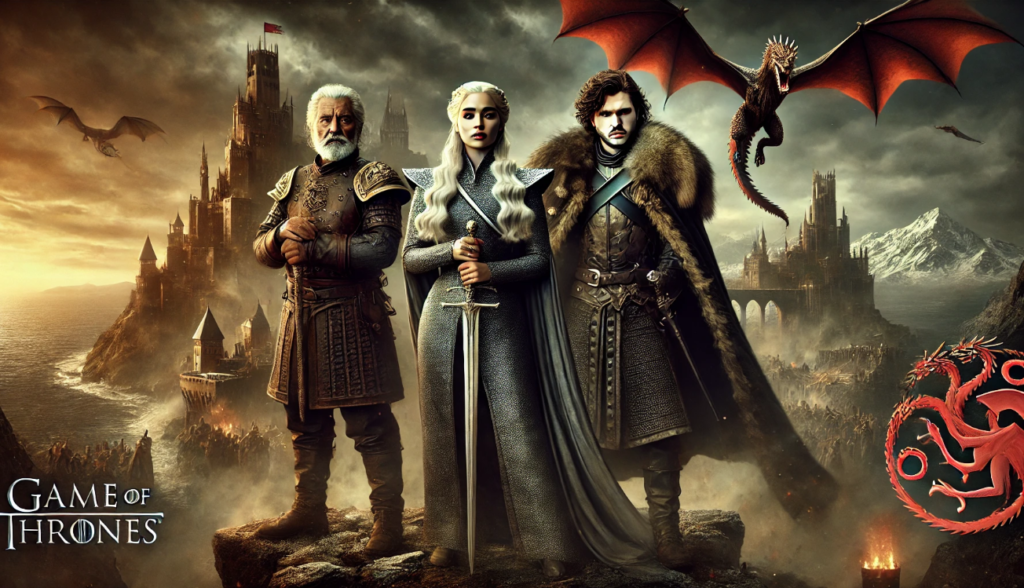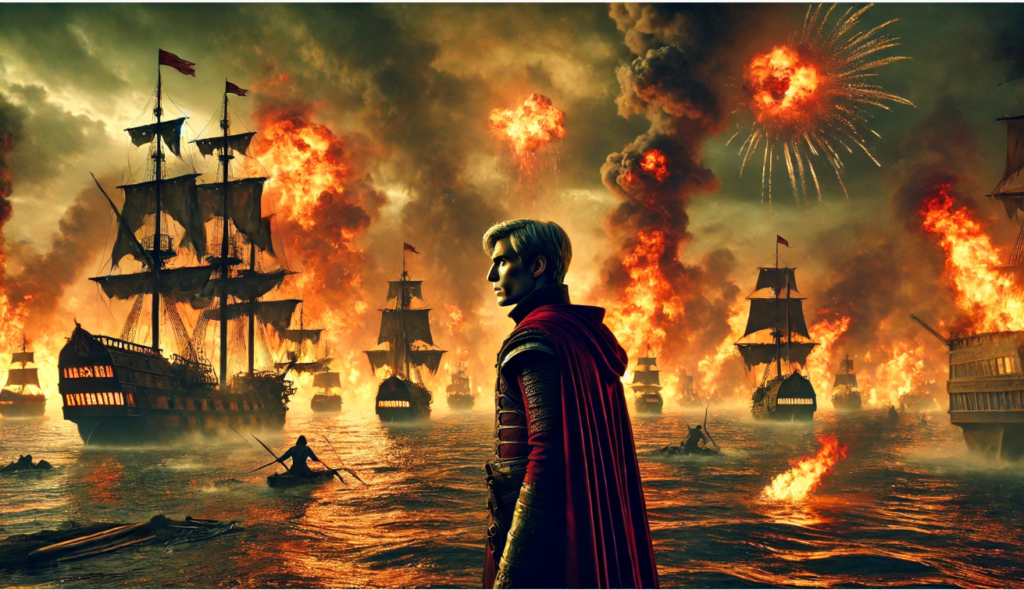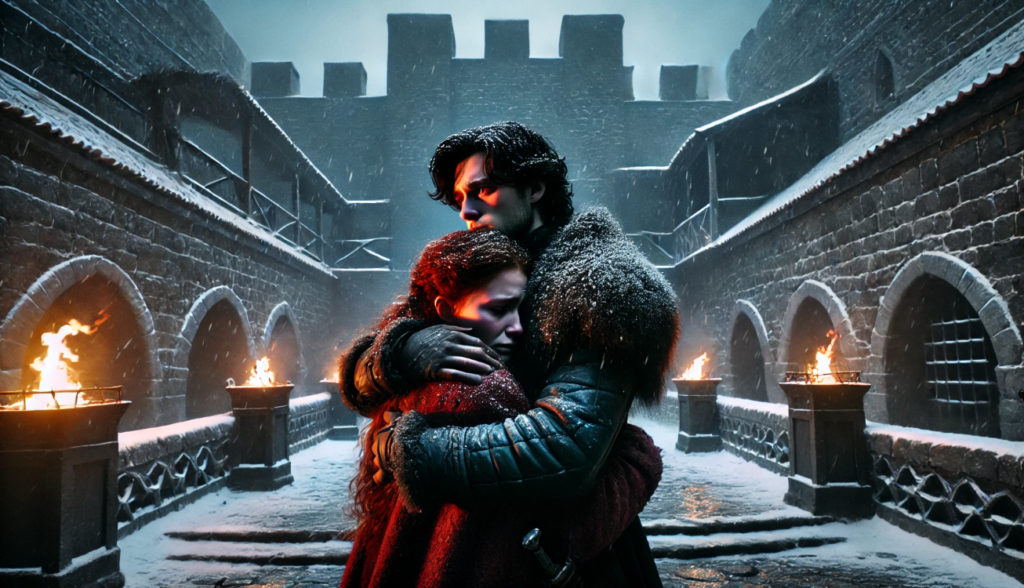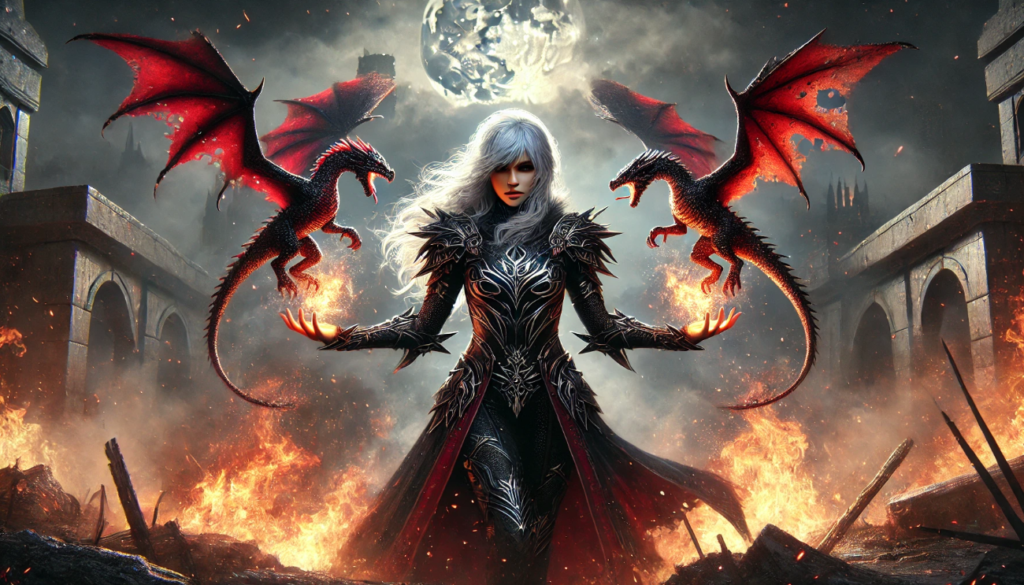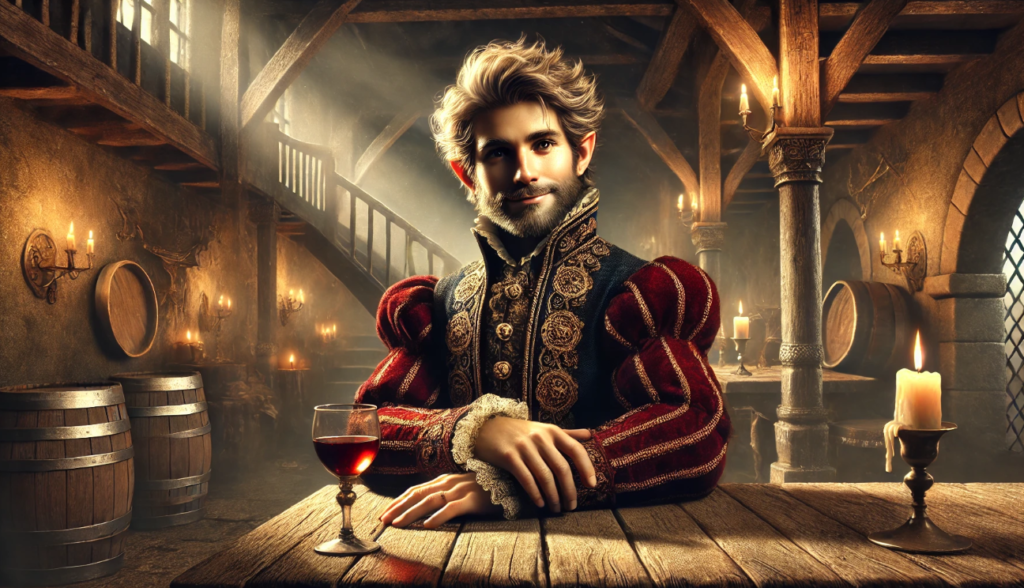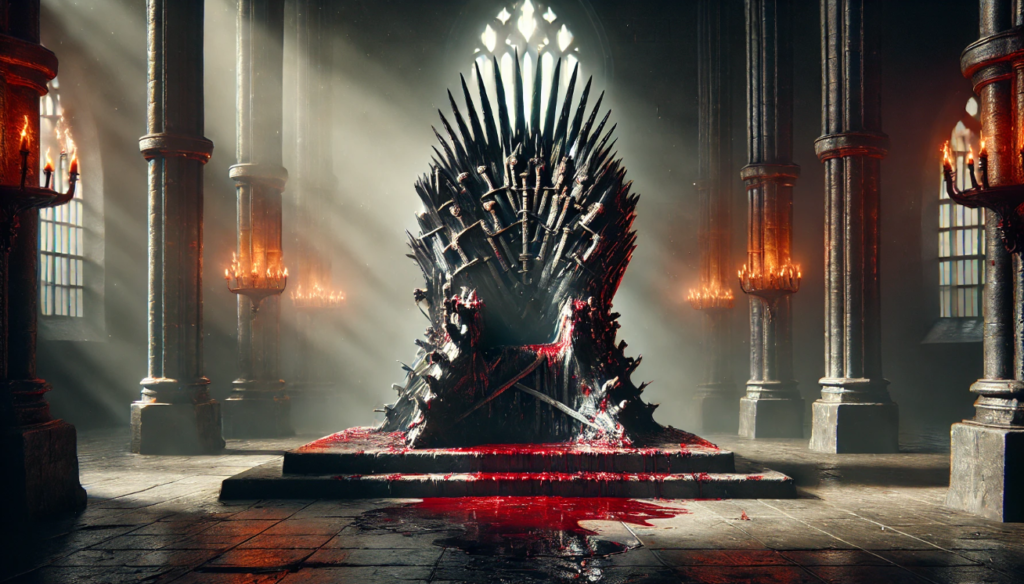
There’s something universally thrilling about watching justice served with a cold, calculated dose of revenge. Whether it’s a long-awaited comeback or a clever twist of fate, the most satisfying revenge scenes stick with us long after the credits roll. They ignite our emotions, challenge our sense of morality, and often leave us cheering for the underdog. From iconic movie moments to unforgettable TV show twists, these scenes tap into a primal sense of justice that viewers can’t resist. In this article, we dive into the most unforgettable revenge moments that truly hit perfectly—and why they continue to captivate us.
Why Revenge Scenes Resonate with Audiences
The psychological appeal of revenge in fiction lies in its ability to tap into our primal emotions and desires for justice and retribution. Revenge stories often evoke a sense of catharsis and satisfaction as we see the protagonist take control and right the wrongs they have suffered. Additionally, revenge can serve as a powerful motivator for characters, driving the plot forward and adding layers of complexity to their actions and decisions. Furthermore, revenge plots can also explore the moral and ethical implications of seeking vengeance, offering readers a chance to ponder the consequences of such actions. Overall, the psychological appeal of revenge in fiction stems from its ability to engage our emotions, provoke thought, and provide a sense of resolution and closure.
Justice, catharsis, and moral satisfaction are important themes that have been explored in literature, philosophy, and psychology for centuries. Justice refers to the concept of fairness and the proper administration of punishment and reward. It is the cornerstone of a functioning society and provides a sense of equilibrium. Catharsis, on the other hand, is the process of releasing repressed emotions and achieving a state of emotional purification and renewal. Finally, moral satisfaction is the feeling of contentment and righteousness that comes from acting in accordance with one’s morals and values. These themes are often intertwined, as the pursuit of justice can lead to catharsis and moral satisfaction.
Justified revenge is when someone feels they need to respond to a wrongdoing in order to restore balance or justice. It is often seen as a natural human response to being wronged. On the other hand, excessive revenge is when someone goes beyond what would be considered a fair response, causing harm or damage that is disproportionate to the original wrongdoing. It’s important to consider the potential consequences of seeking revenge and to focus on finding healthy ways to address the situation.
Iconic Revenge Scenes in Movies
The Bride vs. The Crazy 88 – Kill Bill: Volume 1
Beatrix Kiddo’s motivation stems from seeking revenge against those who wronged her. After being left for dead on her wedding day by her former lover and boss, Bill, and his team of assassins, Beatrix is driven by a fierce determination to track them down and exact her revenge. Her motivation is fueled by her love for her daughter, whom she was pregnant with at the time of the attack, and her unwavering need for justice. Throughout her journey, Beatrix’s relentless pursuit of her enemies showcases her unwavering determination and strength.
The fight scene is so satisfying because it is well choreographed and executed with precision. The build-up of tension and the release of energy in the fight scene captivates the audience and keeps them on the edge of their seats. The use of special effects, sound design, and camera work all contribute to the overall impact of the scene. Additionally, the emotional investment in the characters and the stakes of the conflict add to the satisfaction of watching the scene unfold. Overall, the combination of skilled filmmaking and engaging storytelling make the fight scene incredibly satisfying to watch.

Andy Dufresne Outsmarts the Warden – The Shawshank Redemption
Andy’s quiet, long-game revenge can be seen as the ultimate form of justice because it allowed him to take his time and carefully plan his actions. Instead of seeking immediate retribution, he was able to orchestrate a series of events that ultimately led to the downfall of his enemies. This method of seeking justice not only allowed Andy to maintain his composure and integrity, but it also ensured that his revenge was thorough and impactful. By biding his time and enacting his plan with precision, Andy was able to demonstrate that true justice is best served with patience and careful consideration.

John Wick’s Rampage – John Wick Series
The emotional trigger behind John’s revenge is his deep sense of betrayal and injustice. He feels a burning desire to right the wrongs done to him and to seek justice for those he cares about. Additionally, John’s skills make every revenge scene thrilling because of his mastery in combat, strategic thinking, and resourcefulness. His ability to outmaneuver his enemies and execute precise, calculated revenge plans adds an element of excitement and intensity to each scene. His skills elevate the stakes and keep the audience on the edge of their seats.

Maximus Takes Down Commodus – Gladiator
In the film Gladiator, Maximus experiences deep personal betrayal when he is betrayed by Commodus, who murders his family and sends him into slavery. This betrayal fuels Maximus’ thirst for revenge as he seeks to avenge the death of his loved ones. Throughout the film, Maximus is driven by a sense of justice and a desire to make Commodus pay for his heinous actions. This personal betrayal serves as the driving force behind Maximus’ relentless pursuit of revenge, culminating in the poetic justice of the final battle where he ultimately triumphs over Commodus.

Django’s Showdown – Django Unchained
Django’s revenge in the film is depicted with brutal and ruthless effectiveness. His actions are driven by the intense emotional weight of his experiences as a former slave and the injustices he has suffered. The historical context of slavery and the deep emotional impact it has on Django provide a powerful backdrop for his acts of vengeance. The film’s portrayal of Django’s revenge serves as a commentary on the horrors of slavery and the resilience of those who have suffered under it. It ties into the film’s historical and emotional weight by highlighting the lasting impact of slavery and the strength of those who seek justice and retribution.

Arya Stark’s Revenge on House Frey – Game of Thrones
Arya’s vengeance in the series was so satisfying because it was a culmination of her journey from a powerless and oppressed young girl to a skilled and determined assassin. Throughout the series, she faced numerous obstacles and enemies, and her quest for vengeance was a long time coming. When she finally achieves her revenge, it is not only shocking but also incredibly gratifying to see her triumph over those who had wronged her and her family. It was a moment of empowerment and justice that resonated with many fans of the series.

The Punisher’s Justice – The Punisher (Netflix Series)
Frank Castle’s methodical and brutal revenge arc is indeed both tragic and compelling. His relentless pursuit of justice for the murder of his family showcases the depth of his pain and the lengths he is willing to go to seek retribution. This tragic aspect of his story is further heightened by the moral and ethical dilemmas he faces as he becomes more and more consumed by his quest for vengeance. At the same time, his unwavering determination and strategic approach to delivering justice make his story undeniably compelling, drawing audiences into his complex and conflicted character. Overall, Frank Castle’s revenge arc is a testament to the complexities of human emotions and the blurred lines between right and wrong.

Revenge Scenes That Took a Different Approach
Each of these examples demonstrates a unique approach to the concept of revenge in literature and film. Michael Corleone’s chess-like revenge in “The Godfather” is a strategic and calculated approach, showcasing his cold and satisfying pursuit of vengeance. In “Carrie,” the use of telekinetic powers adds a supernatural twist to the character’s wrath, making for a compelling and unexpected form of revenge. And in “The Count of Monte Cristo,” the protagonist’s long game of intellectual revenge highlights the patience and thoughtfulness behind his actions, as opposed to immediate and impulsive retribution. Each of these examples offers a different perspective on the theme of revenge, adding depth and complexity to the stories in which they are featured.

What Makes a Revenge Scene Truly Satisfying?
When it comes to justice and vengeance, there is indeed a fine line between the two. Justice is about fairness, accountability, and restoring balance, while vengeance is driven by a desire to inflict harm or punishment on someone who has wronged us. It’s important to understand the difference and consider the consequences of our actions. As for the buildup and payoff of seeking revenge, patience can indeed make it sweeter. Taking the time to plan and execute a well-thought-out revenge can provide a sense of satisfaction and closure. However, it’s also important to consider the potential harm that seeking revenge can cause, both to the person on the receiving end and to ourselves.

Conclusion
Satisfying revenge stories often feature a protagonist who has been wronged or mistreated in some way, and through cunning and determination, they exact their revenge on those who have wronged them. Key elements often include a well-thought-out plan, a sense of justice being served, and a satisfying conclusion where the protagonist comes out on top. In real life, revenge is often seen as unethical and can lead to further harm. However, in fiction, revenge can be a satisfying and cathartic experience for both the character and the reader. Do you have a favorite revenge scene from a book, movie, or TV show? Share it with us in the comments below!




